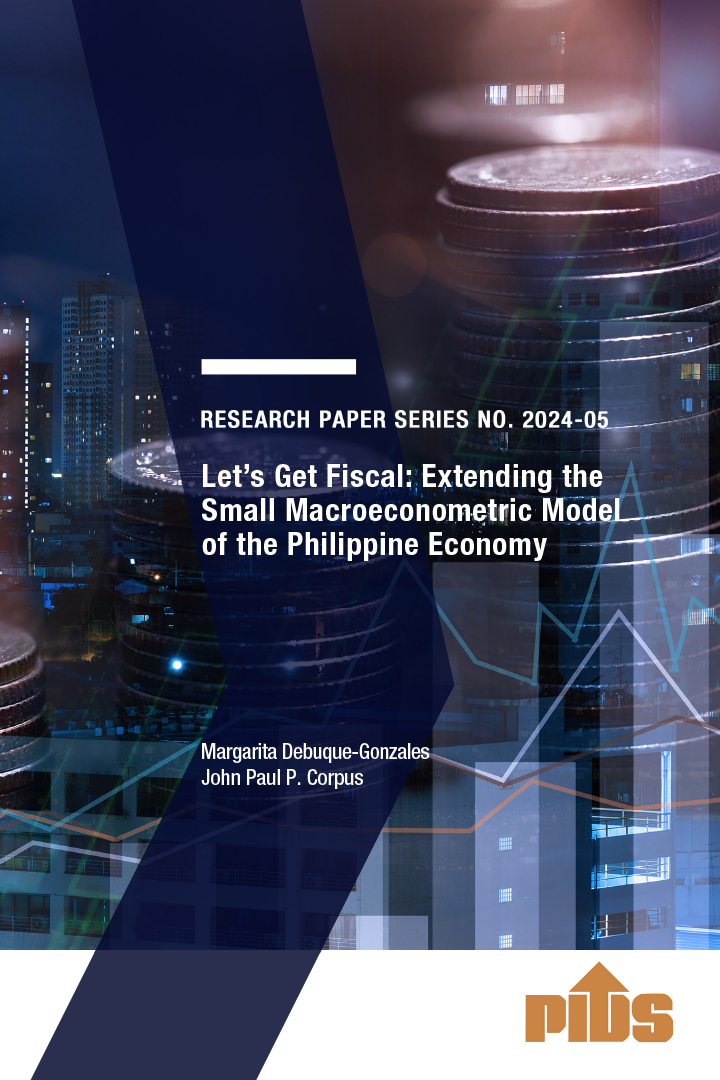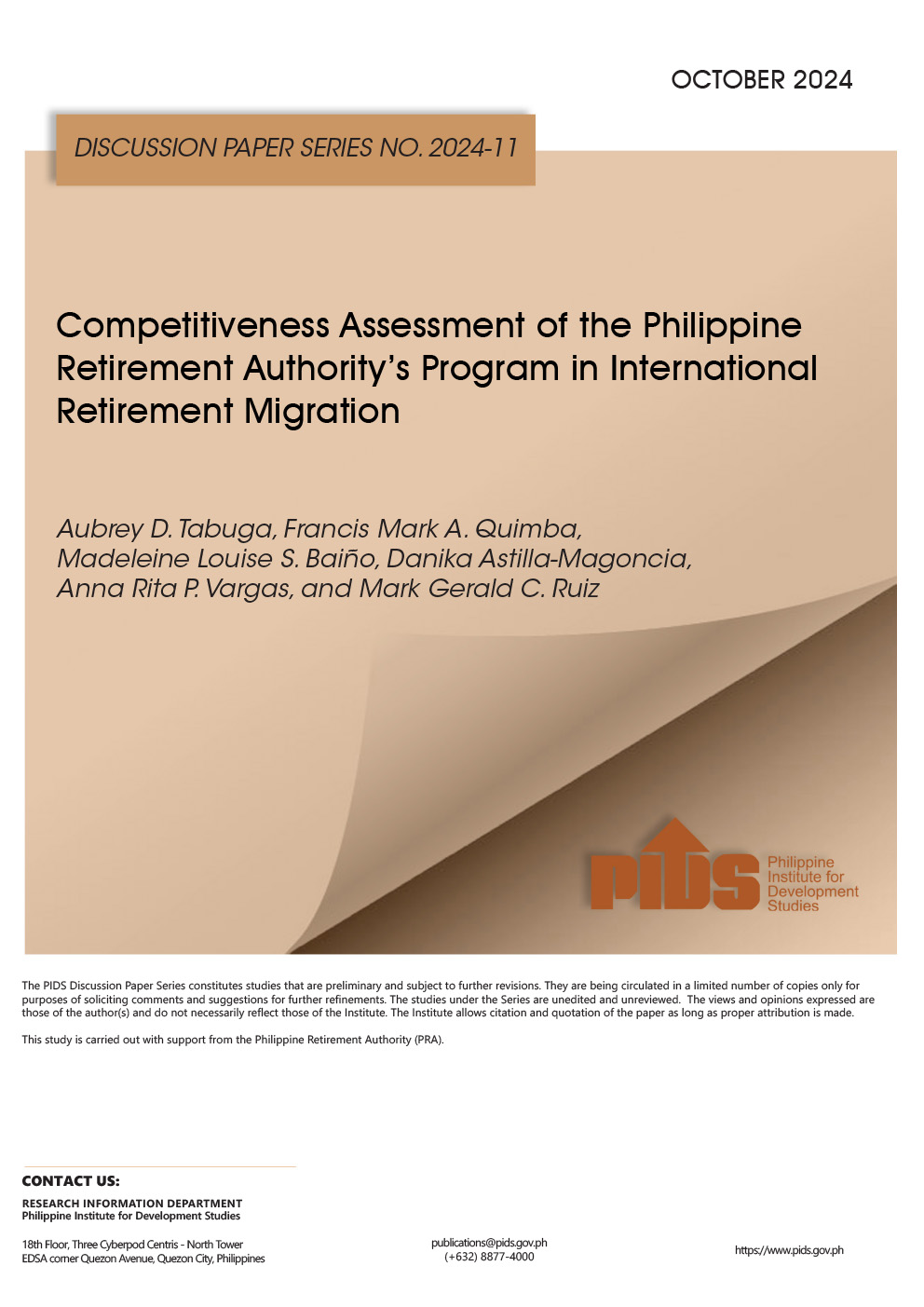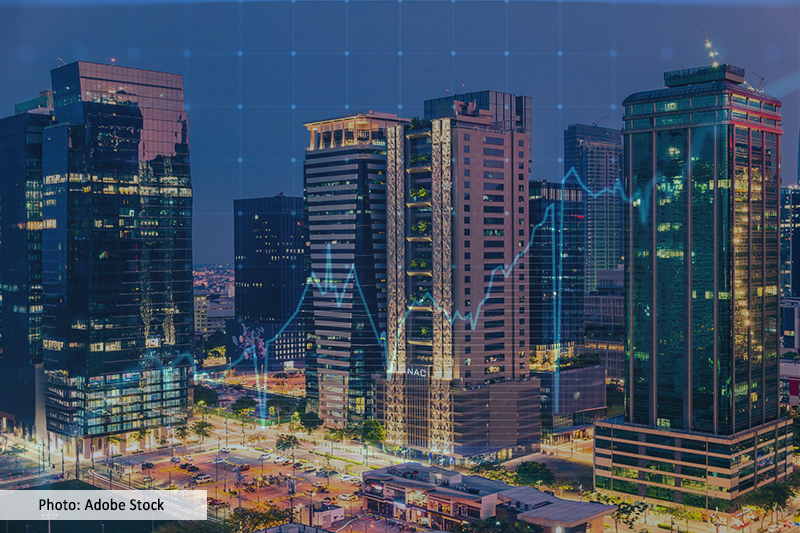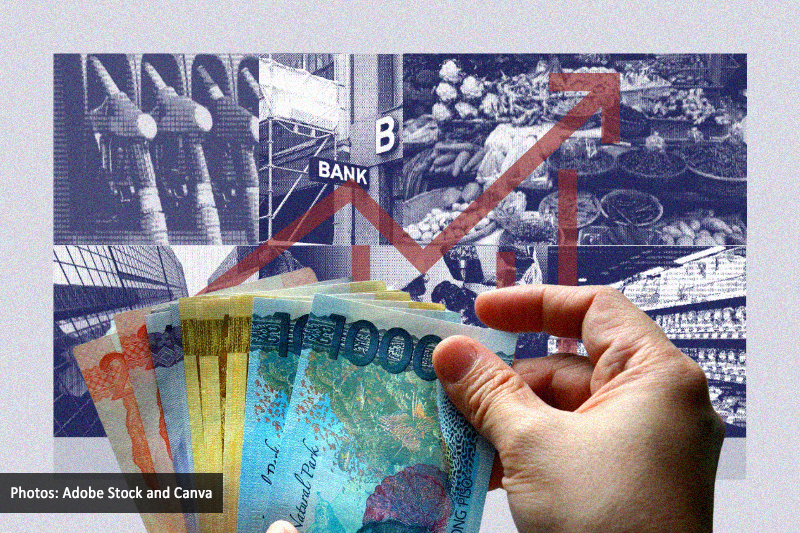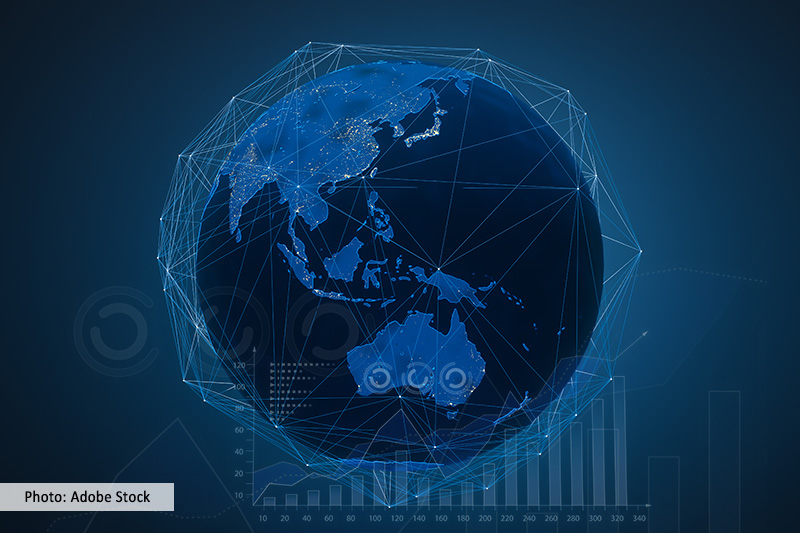In the 1970s, two East Asian countries became major “exporters” of manpower, mainly construction workers, to the petrodollar-rich Middle East. These are the Philippines and South Korea.
However, in the 1990s, the migration paths for the two countries began to diverge. South Korea became a net labor-receiving country. It reached a turning point in migration called by development economists as “migration hump”, which is attained when a labor-sending country is able to post a higher level of development, thus reducing the incentives for would-be migrants to leave their home country. In 1981, at the height of the Korean exodus, there were over 150,000 Korean workers in the Middle East. By 1990, Korea’s work force in the Gulf area dramatically shrank to 8,000.
The “migration transition” that South Korea experienced in the 1990s was similar to what happened earlier to another East Asian country, Japan. In the 1960s, Japan became a “miracle economy” and had lost the appetite to send out workers overseas, to get jobs and earn foreign exchange Japan was unable to create then at home.
In contrast, the Philippines, which was declared by the World Bank as the second most promising country in Asia in the 1960s (next to Japan), became more and more dependent on migration because the industrial transformation the National Economic and Development Authority (Neda) and the World Bank said would happen under an export-oriented industrial (EOI) strategy did not materialize. To make the EOI strategy work, Neda and the World Bank crafted a structural adjustment program (SAP) that demanded the wholesale liberalization and deregulation of the trade and investment sectors of the economy, complemented by a program of privatization.
But the EOI-SAP program did not deliver the promised transformation. Instead, the country suffered from de-industrialization and de-agricultural development during the EOI-SAP decades of the 1980s-2000s. It was the services sector that zoomed up in these decades, fueled largely by OFW family spending and lately, by the growth of the call center-BPO industry, an industry that was not in the EOI-SAP equation of the 1980s. Today, the Philippine economy would collapse if majority of the 11 million OFWs would suddenly return to their home country and the faucets for the almost $2.5 billion monthly remittances would be turned off.
In 1995, in the wake of the national revulsion against the execution of Flor Contemplacion in Singapore, Congress rushed the passage of the “Magna Carta for Migrant Workers” or Republic Act No. 8042 (Migrant Workers and Overseas Filipinos Act of 1995). This law states that the State does not promote overseas work as an instrument to sustain economic growth; it favors instead the phasing out of overseas migration work “as the local economy expands” (Sec. 2-c, RA 8042). This reaffirms the old government stand on migration as a stop-gap measure, a “temporary” program while the EOI-SAP program had not taken off. Incidentally, the Gangayco Commission, which investigated the Contemplacion case and which drafted RA 8042, also recommended the re-orientation of the overseas deployment program away from semi-skilled and “vulnerable” jobs such as domestic work.
And yet today, given the limited job opportunities at home, the Philippine government has not only turned a blind eye on these Gangayco recommendations but has also spurred the labor and foreign affairs departments to monitor and exploit all overseas market openings.
But back to the EOI-SAP program. Why did it not work?
Under the EOI-SAP program, the Philippines has become one of the most open economies in Asia and in the world. Such openness is supposed to be one of the basic technocratic prerequisites for the success of an EOI development strategy or what the first Neda Director General, Gerardo Sicat, explicitly dubbed as the “labor-intensive export-oriented” (LIEO) development program. It was Sicat’s Neda, backed up by a string of IMF-WB loans, which tried to engineer an industrial policy shift for the Philippines — from the old import-substituting industrial (ISI) policy regime towards the EOI program. A number of EOI-friendly measures were adopted by the martial-law government such as the enactment of laws encouraging foreign investments, etc. These measures were reinforced in the 1980s and 1990s with a package of SAP measures liberalizing the trade and investment regimes.
The EOI policy shift gave birth in the l970s to “non-traditional” export items such as sewn garments and toys and assembled leather products and electronics. The problem is that garments, toys and leather products (shoes) were success stories only up to the early 1990s. In the case of electronics, this registered phenomenal growth in the 1990s but it has ceased to expand in the last two decades, due to migration of investors to China and now Vietnam.
The bigger problem is that the import-substituting industrial or ISI sector, bred in the 1950s up to the 1970s, suffered and declined in the SAP decades of the l980s to the present. These include textile, pulp and paper, wood-based, steel, rubber and tire, shoe, tile, battery, pharmaceutical, cement, plastic, petrochemical, etc. Growth in the export sector, accounted mainly by electronics, is not enough to offset losses in the crumbling home-oriented industries, which have been neglected under SAP. Thus, one ironic outcome of SAP is the de-industrialization or hollowing out of the economy and the continuing decline of manufacturing jobs.
The Philippine industrial experience is the opposite of the South Korean experience. While it also pursued export orientation in the 1970s onward, South Korea, like Japan in the post-World War II period, protected and supported both the domestic and export sectors, invested heavily on the continuous technological upgrading of a number of heavy industries (for examples, steel and ship building), promoted industrial deepening and inter-industry linkaging, and adopted restrictive trade and investment measures such as a ban on the importation of non-essentials and goods that could be produced by their own domestic producers. A good South Korean success story on technological upgrading and industrial deepening is the case of Samsung, which was originally a component producer for Sanyo in 1969. Samsung was able to scale the value chain, graduating from assembly work to original equipment manufacture (OEM) and original brand manufacture (OBM) to product development and application and so on. Today, Samsung is much bigger than Sanyo.
In contrast, the Philippines, which was an electronics assembler 40 years ago, is still in the assembly work. Thus, the enclave nature of the export sector has remained, and so are the limited linkages with the domestic economy.
To sum up, therefore, the Philippines failed to achieve industrial transformation after four decades or so of SAP, a program which was supposed to hasten industrial growth. The former president of the Philippine Institute of Development Studies (PIDS), Dr. Josef T. Yap, wrote in 2003 that mainstream economics, in place for more than a quarter of a century, has not only failed to achieve industrial transformation but has also induced a jobless growth pattern for the country. As discussed earlier, one explanation is the collapse of many local industries under the EOI program of unilateral liberalization, aggravated by the government’s failure to nurture them and provide a fair and level playing field for these industries. Another is the failure of the export sector itself to expand and infuse dynamism in the economy. In the case of export garments, there is failure of the country to sustain and protect its position, which was largely quota-driven, in the global market.
Thus, after more than two decades after the passage of RA 8042 or the Migrant Workers Law, the industrial turning point has been receding like a distant star in a dark cloudy night.
Can the Duterte administration alter the development scenario for the Philippines? Can it reduce the nation’s dependence on migration? Can it resurrect the forgotten national dream of a turning point in migration? Can the Philippines, like South Korea and Japan, become a net labor-receiving country at the end of his term, through what the Department of Trade and Industry is advertising today – a “manufacturing resurgence”?

